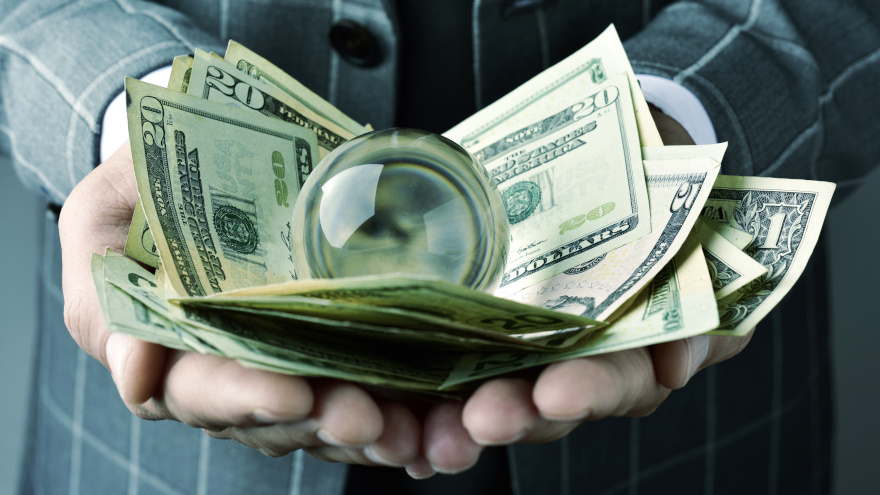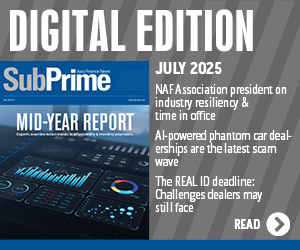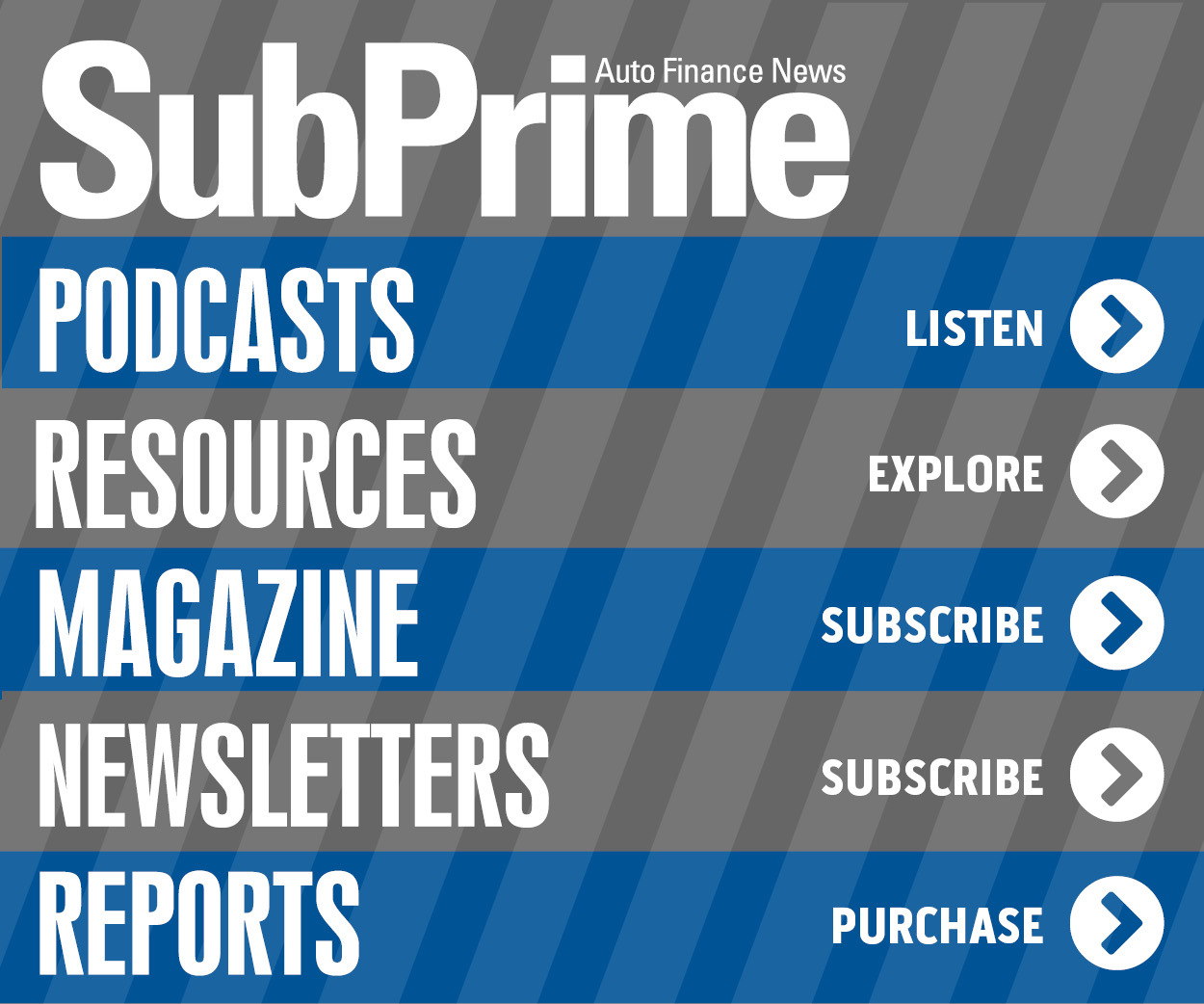Fitch Ratings: Despite resilient overall market, subprime auto ABS remains at risk

Generally, Fitch Ratings has an upbeat assessment of automotive asset-backed securities performance, but the subprime segment still has firm experts concerned.
Fitch Ratings said this week that auto ABS has been more resilient than initially expected through the pandemic and economic crisis, as delinquencies and loss levels over the past year have been stable to improving compared with pre-pandemic levels.
Analysts then projected that prime ABS performance is expected to remain strong, while subprime auto ABS asset performance may experience moderately higher defaults given higher unemployment levels among lower-income individuals.
“Subprime borrowers, in particular, have benefited from payment relief in the form of loan extensions from auto captives and other lenders that has kept their loan status current,” Fitch Ratings said in a news release.
“Government support such as enhanced unemployment benefits and stimulus checks also boosted consumer income, benefiting transaction performance and leading to historically low delinquencies and defaults,” the firm continued.
Fitch Ratings explained the utility of vehicles — particularly during the pandemic when public transportation ridership declined — aided auto ABS performance by bolstering vehicle demand, raising prices and keeping monthly payments high in a consumer’s priority.
Fitch’s prime and subprime 60-plus day delinquency indices were down to 0.22% and 3.76%, respectively, as of March, from 0.27% and 5.11% in March of last year.
“Used-vehicle prices, and therefore recoveries, have been near historic highs given robust demand and limited new-vehicle inventory,” Fitch analysts said.
“Production shut downs and sporadic parts availability issues, including the current semiconductor microchip shortage, reduced new vehicles supply and supported used values,” they continued.
Also of note, Fitch’s prime and subprime recovery indices in March moved 14.3 percentage points and 8.6 percentage points higher year-over-year to 71.1% and 51.0%, respectively.
“Repossessions may pick up slightly and lead to additional supply. However, this trend is expected to be minimal and values should remain strong throughout the year,” Fitch said.
“We expect moderate increases in delinquencies and defaults for subprime ABS as loan contract extensions continue to expire and payments come due, and as federal aid to individuals expires,” analysts continued, nothing that the two Fitch-rated subprime platforms are sustaining weakening asset performance outlooks.
Fitch added that those outlooks are softening because losses are reverting higher but are expected to remain within its initial forecasts.
“Our rating outlook is stable due to conservative loss assumptions and structural protections,” analysts said.
Fitch went on to mention that since the outset of the pandemic, the firm has applied stressed assumptions and sensitivities in its credit analysis that more heavily weights the poorer performing 2008-2009 recessionary vintages to account for the pandemic environment.
Analysts explained this strategy resulted in average prime cumulative net loss proxies of 1.69% for transactions issued in 2020, compared with 1.28% and 1.45% in 2019 and 2018, respectively.
“Given the better-than-expected asset performance and a more sure-footed economic recovery, Fitch is beginning to move away from pandemic-related stresses to transaction cumulative net loss proxies,” analysts said.
“There have been no downgrades or negative rating outlook revisions across prime and subprime auto loan ABS since the onset of the pandemic,” Fitch went on to say.
“Deleveraging transactions and building credit enhancement supported upgrades in 2020 for both prime and subprime, and will continue to support ratings in 2021,” analysts added.


